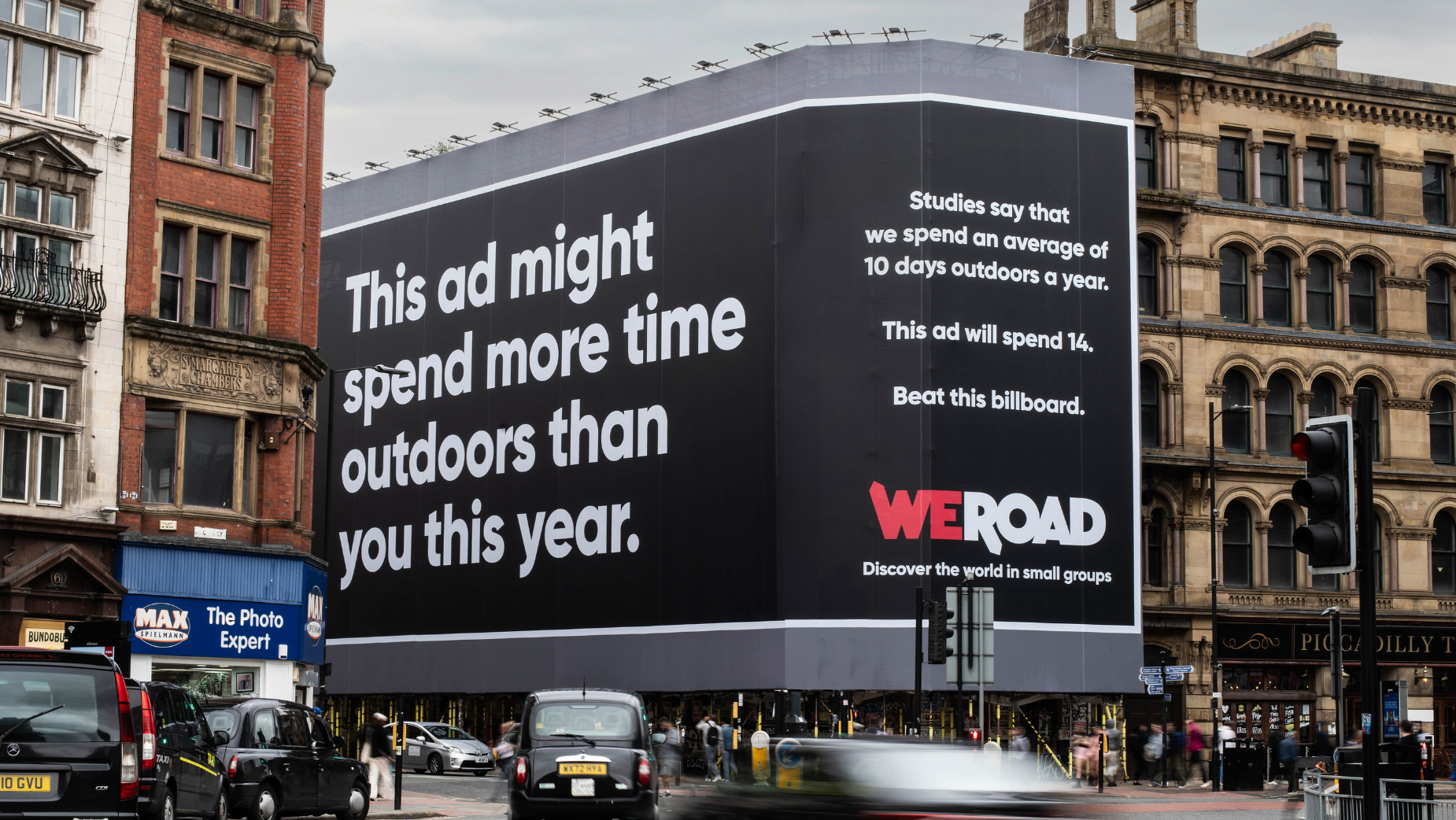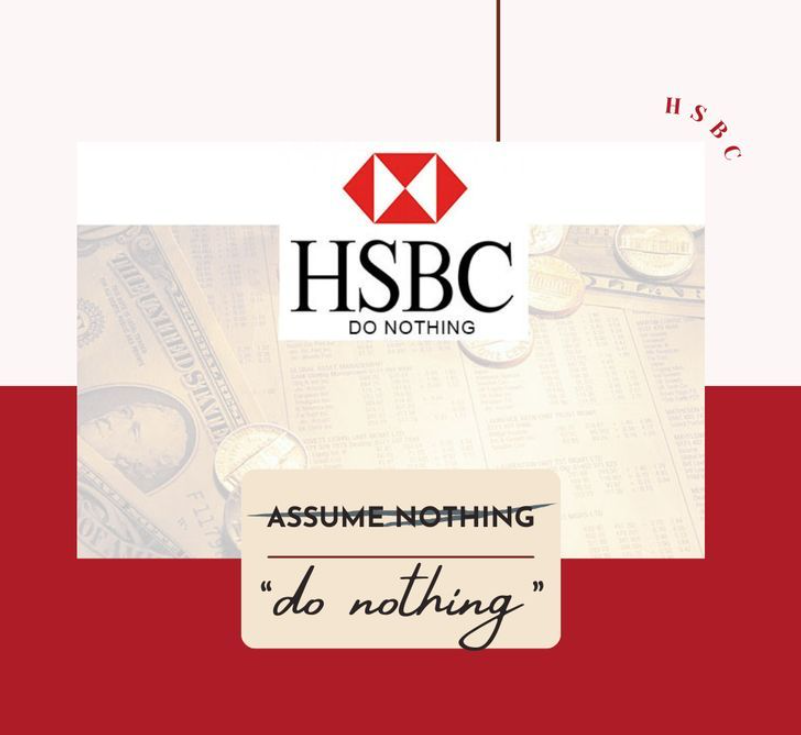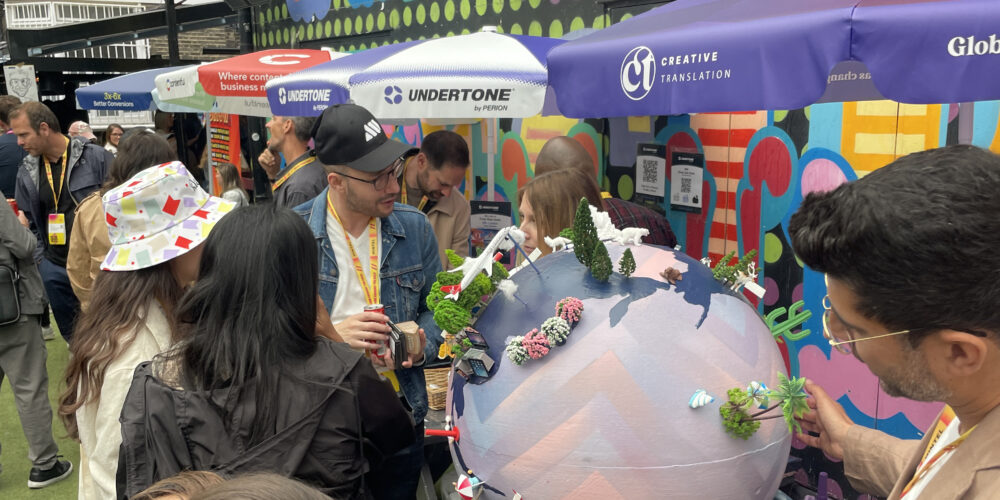Every year on July 30th, the world pauses to celebrate the International Day of Friendship – a day dedicated to promoting peace, understanding, and unity through the simple, yet profound, act of friendship. But beyond the warm gestures and social posts, there’s an often-overlooked dimension to friendship that deserves attention: language and cultural nuance.
Friendship in Translation: Not Just Semantics
What does “friendship” mean in English? A companion, a confidant, someone you trust. But try translating that into Japanese, where the term “親友” (shinyuu) implies a deep, life-long bond – not something casually earned. In Brazil, “amizade” can be warm, familiar, and frequently accompanied by affectionate diminutives and expressive gestures. Meanwhile, in Germany, “Freund” can refer to both a friend and a romantic partner, depending on context – a nuance that requires cultural sensitivity when translating.
These subtle distinctions show how language shapes relationships, and how meaning can shift across borders. A successful translation doesn’t just substitute words; it preserves emotional intent and respects social context – exactly what Creative Translation stands for.
Cultural Nuance: The Unspoken Vocabulary of Friendship
Words are only part of the story. Cultures express friendship differently – through actions, traditions, and unspoken codes.
- In Korea, friendship may manifest through shared meals and “skinship” (physical closeness), but direct expressions like “I love you, friend” may be rare.
- In Nordic cultures, friendship is often defined by quiet companionship – long silences aren’t awkward; they’re comfortable.
- In some Middle Eastern cultures, the word “friend” may extend to what Westerners might call “extended family”, and hospitality plays a vital role in maintaining bonds.
These cultural layers must be understood, not assumed, when crafting multilingual messaging for global brands – especially when friendship or connection is the core theme.
What Friendship Teaches Us About Brand Communication
The art of friendship mirrors the art of transcreation:
- It’s not enough to be understood; we must make people feel understood.
- Tone, timing, and gestures – whether verbal or visual – all matter.
- What works in Manchester might not work in Munich or Manila.
Take, for example, WeRoad’s “Beat This Billboard” campaign. While its cheeky humour resonated in the UK, German audiences needed more grounding in data accuracy, and Japanese markets responded better to aspirational messages with a softened tone. The core message stayed the same – connect with the outdoors – but how that message “befriends” the local culture needed fine-tuning.

Other examples from around the world:
HSBC – “Assume Nothing” Campaign
UK Success:
HSBC’s “Assume Nothing” campaign launched in the early 2000s and was a big hit in the UK and other English-speaking markets. It cleverly positioned the bank as globally aware, culturally sensitive, and open-minded – perfect for a financial brand with international reach. The slogan invited consumers to rethink assumptions, aligning with HSBC’s brand as “The World’s Local Bank.”
In Germany:
The campaign had to be adapted because the message “Assume Nothing” didn’t translate cleanly – the phrase sounded too ambiguous and even negative when localised. German audiences prefer precision and directness, especially in financial services. So, the messaging was softened and made more specific to avoid sounding irresponsible or vague.
In Japan:
The abstract concept of “Assume Nothing” didn’t resonate culturally. In Japan, clarity, consensus, and social harmony are prized. Suggesting that one should question or reject assumptions could be seen as disruptive or confrontational. The campaign was reworked with messaging that focused more on trust, long-term relationships, and mutual understanding – themes more in line with Japanese consumer values.

A Day to Celebrate Global Connection
The International Day of Friendship is a reminder that relationships transcend borders – and that language is our bridge. In today’s globalised world, brands must move beyond literal translation and invest in culturally conscious communication that connects, not just converts.




